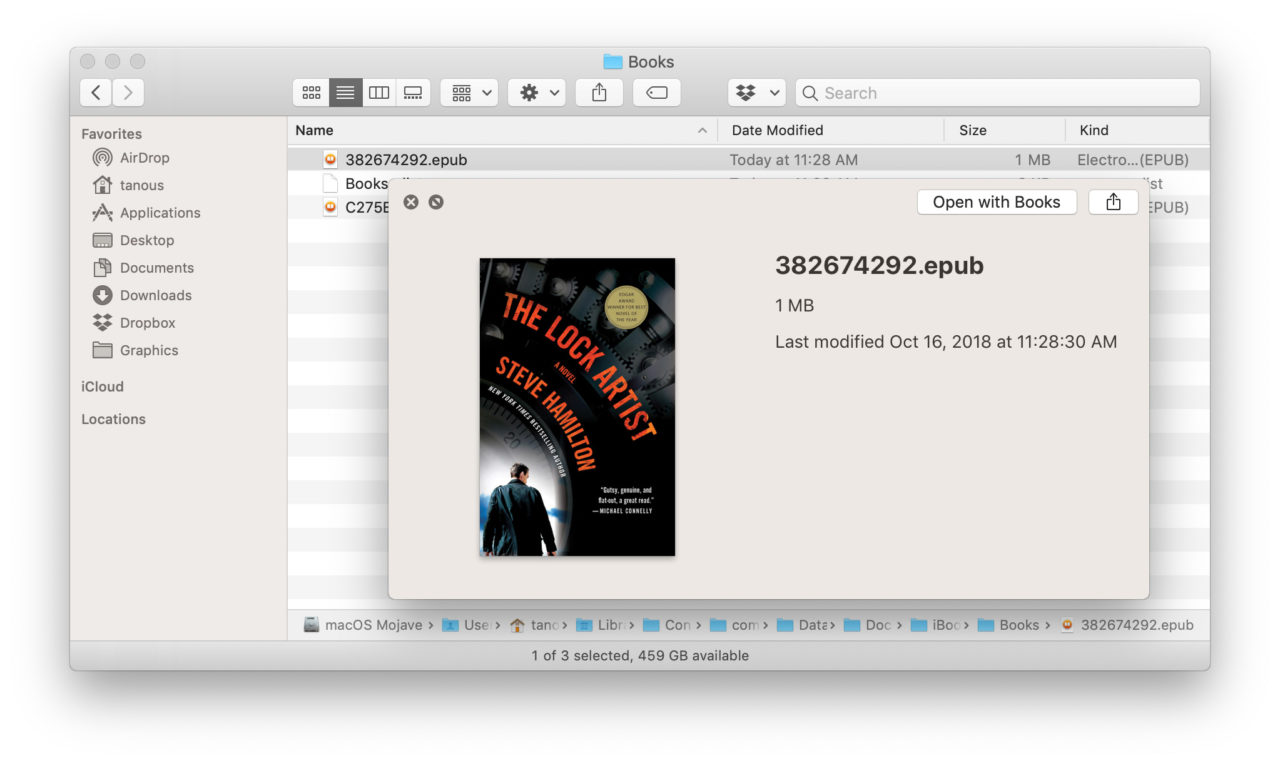Well, by going to the 'Content Folder' in Kindle 'Preferences,' and clicking on same, I found the.azw files, but greyed out. They are in /Library/Application Support/Kindle/My Kindle Content/. You can also use the 'find' command in Terminal: find -name '.azw' to locate them.
You might not have noticed, but your Kindle for Mac has probably stopped syncing with Amazon since updating to OS X Lion, even if you have the most recent Kindle update. Even re-downloading it from Amazon doesn’t solve the problem.
Pdf Files On Kindle

Download Kindle for macOS 10.10 or later and enjoy it on your Mac. The Kindle app gives users the ability to read eBooks on a beautiful, easy-to-use interface. You may also read your book on your phone, tablet and Kindle e-Reader, and Amazon Whispersync will automatically sync your most recent page read, bookmarks, notes, and highlights, so. On the contrary, free Kindle apps are available for all of your Apple hardware, including your Mac, with the full functionality as if you were reading on a Kindle itself. After grabbing it from the Mac App Store, Kindle for Mac will sync up your library of content and allow you to start reading straight away.
Here’s how to fix it:
1. Delete Kindle.app from your Applications folder (don’t panic! This doesn’t delete your purchases or any added files, just the app).

How To Find Kindle Files On Mac
2. Drag the Kindle icon off the Dock and release it anywhere on the desktop.

My Files On Kindle
2. Click on the App Store icon on the Dock, search for Kindle and install.
3. Don’t forget to make a new icon for your Dock by dragging the Kindle app over from Finder.
That’s it! Syncing restored, but be aware that the App store version of Kindle is an old build. The latest Kindle build with support for Collections won’t work with Lion yet. For that, we’ll all have to wait on the developers… 🙂
Over the years I have made great use of the free books available on the Gutenberg website. Is it possible, with a Kindle via the internet, to take onboard for reading, books from Gutenberg? As the Kindle has a USB port, is it possible to connect it to the G5 and have it appear on the desktop, so that PDF and MP3 files can be dragged and dropped into it for reading and listening to?
Is it possible to buy and use a Kindle without getting ones self tied into the Amazon spider’s web?
The Kindle’s been around so long, I didn’t really consider how a lot of people have never seen one and plenty more have never attempted to attach it to a Mac. So let me clarify matters a little.
Yes, the Kindle has a USB port. (In fact, the USB port doubles as a charging port—the Kindle power adapter is a plug with a USB port and a USB cable!) Plug one end of that USB cable into a Mac and the other into a Kindle, and the Kindle will announce it’s entering USB Drive Mode. A new volume, called Kindle, will appear on your Mac. You can open it up and see the files inside. The key folders inside the Kindle volume are audible, documents, and music.

The audible folder is where audiobook files from audible.com live. music is a place where you can put MP3s and then play them back while you’re reading, and even listen via the Kindle’s headphone jack! But the most important folder is documents: this is where all your books, newspapers, and magazines live.
The good news is, Project Gutenberg and many other ebook resources offer downloads in a Kindle compatible format, usually Mobi. Some independent ebook sellers, such as Fictionwise, also sell books in Kindle-compatible format.
Find Kindle Files On Macbook
To copy a book to your Kindle, just drag the file into the Documents folder, eject the Kindle from your Mac, and unplug the USB cable. The book should automatically appear in the list of books on your Kindle.
So what if you’ve got a book that’s in ePub format, which the Kindle won’t read? Download the free app Calibre and use it to convert ePub files to Mobi. This open-source app isn’t easy to use, but once you figure it out, it will force those files into the right format. (Calibre won’t work with ePub files that are wrapped in copy-protection.)
Amazon also offers some file-conversion services itself. If you email a Microsoft Word file to [your-kindle-name]@free.kindle.com, you’ll find it automatically delivered to your device via Wi-Fi. For free!
Using a Kindle does require you have an Amazon account—Kindles generally come already paired with the Amazon account you used to buy them!—but that doesn’t mean you have to buy books from Amazon. If you want to use a Kindle just for free books from the Internet, you can do it.
